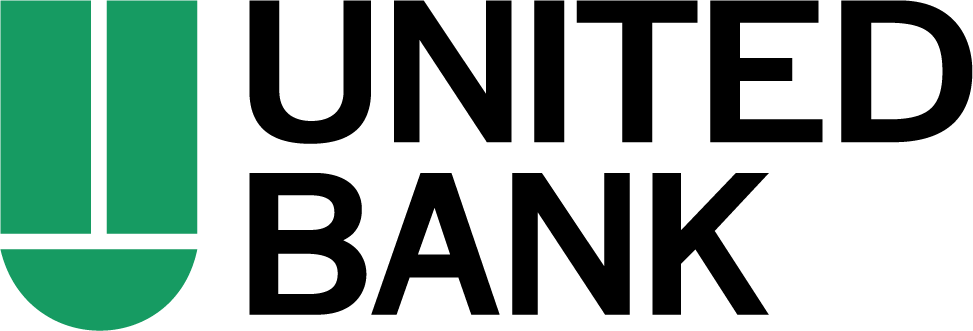Although inflation can be a very complicated subject, the cause of inflation right now is easy to pinpoint. It’s the pandemic.
When the pandemic first hit, the economy paused. Factories shut down, people stopped traveling, entertainment venues and restaurants closed, and millions of people lost their jobs.
With low demand, the prices of goods dropped considerably.
Then 2021 got underway and demand started to pick up. The $1.9 trillion stimulus bill was passed, vaccines became available, people started shopping and traveling again, and prices increased.
This is one reason inflation looks to be so high right now. 2021 prices are much higher than 2020 prices even though they may not be much higher than pre-pandemic prices.
But there’s more to it than a one-year blip in demand. Supply chain issues are another part of the equation. As factories open up, they can’t just throw a switch and start producing goods at the same level as before the pandemic. It will take time for them to catch up to pre-pandemic production levels and, until that happens, prices will continue to rise.
On top of that, the labor-force participation rate has dropped 1.7 percentage points since the pandemic began. Businesses are having a tough time finding enough people to meet production demands.






